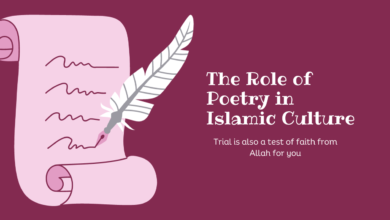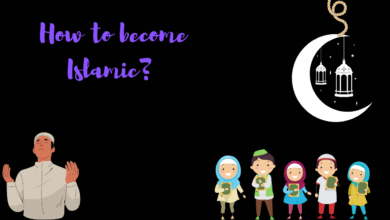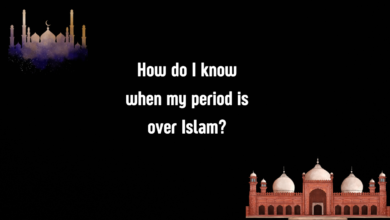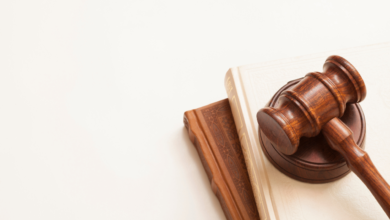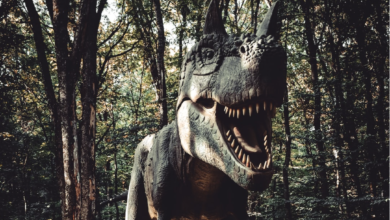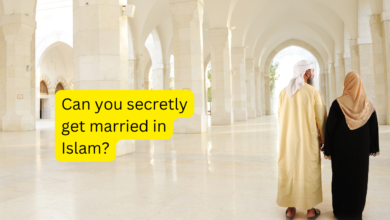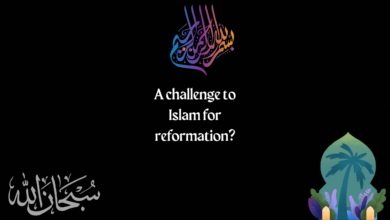Eid al-Adha Qurbani: Sacrificing in Faith
A Closer Look at Qurbani: Honoring Faith Through Sacrifice
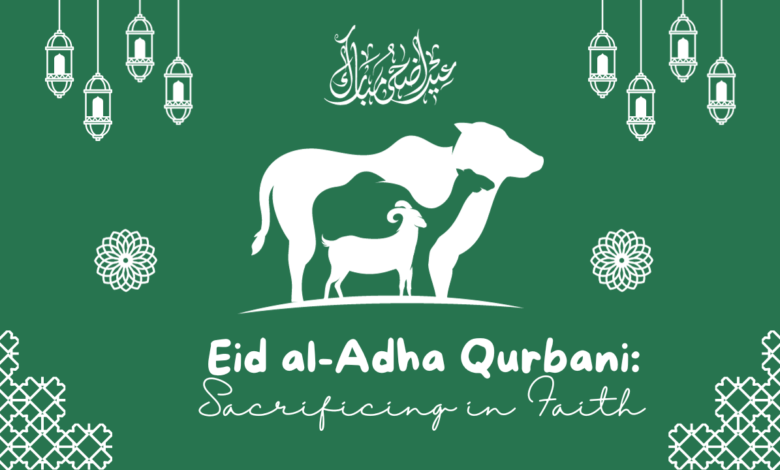
Eid al-Adha Qurbani: Sacrificing in Faith
Eid al-Adha, also known as the Festival of Sacrifice, is one of the two major Islamic holidays celebrated by Muslims worldwide. It commemorates the willingness of Prophet Ibrahim (Abraham) to sacrifice his son Isma’il (Ishmael) in obedience to God’s command. However, God provided a ram as a substitute sacrifice, and this event symbolizes the importance of faith and obedience in Islam.
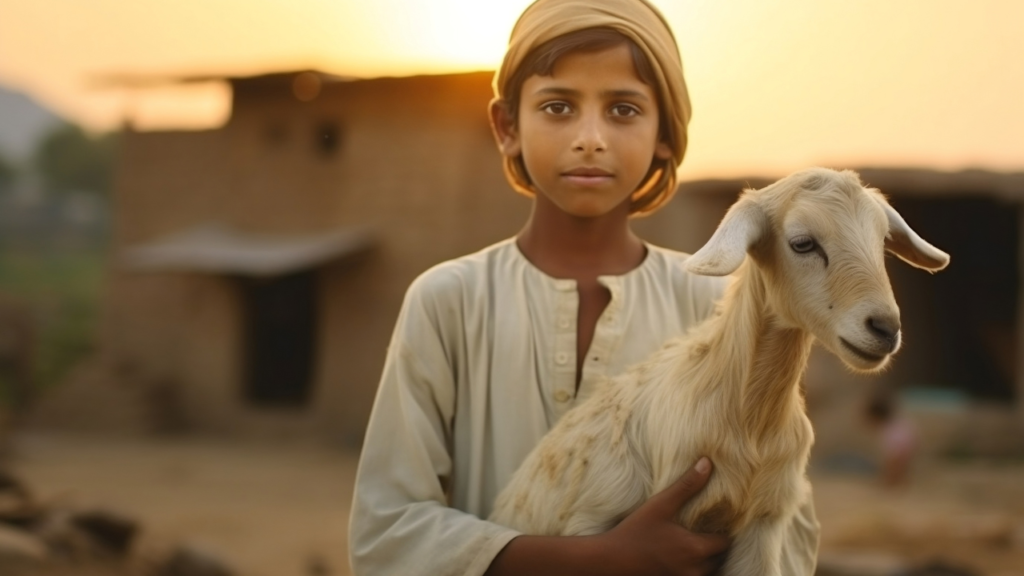
Eid al-Adha Qurbani: Sacrificing in Faith
Eid al-Adha, also known as the “Festival of Sacrifice,” is one of the most significant and sacred holidays in Islam. This annual celebration marks the conclusion of the Hajj pilgrimage to Mecca and commemorates the willingness of Prophet Ibrahim (Abraham in Judeo-Christian tradition) to sacrifice his son Isma’il (Ishmael) as an act of obedience to God’s command. However, as the story goes, God intervened and provided a ram to be sacrificed instead. This event serves as a profound lesson in faith, submission, and the willingness to make sacrifices for the sake of one’s belief in Allah.
At the heart of Eid al-Adha lies the practice of Qurbani, which involves the ritualistic sacrifice of an animal, typically a goat, sheep, cow, or camel. The meat from this sacrifice is then divided into three parts: one-third is given to the needy, one-third to relatives and friends, and one-third is kept for the family. This act of giving and sharing underscores the values of charity, community, and compassion that are deeply ingrained in Islamic teachings.
The significance of Qurbani lies not only in its historical and religious roots but also in the values and principles it upholds in the lives of Muslims around the world. Here are some key aspects of Qurbani and its profound spiritual significance:
- Obedience and Submission: The story of Prophet Ibrahim’s willingness to sacrifice his son demonstrates unwavering obedience and submission to God’s will. Muslims believe that by performing Qurbani, they are emulating the Prophet’s devotion and submission to Allah’s commands.
- Self-Sacrifice: Qurbani requires individuals to give up something valuable, an animal that they may have raised and cared for, as an offering to God. This act symbolizes the willingness to make personal sacrifices for the sake of one’s faith.
- Charity and Generosity: One of the central tenets of Qurbani is the distribution of a portion of the meat to those in need. This act of charity and generosity serves as a reminder of the importance of helping the less fortunate and sharing one’s blessings with the community.
- Communal Bond: Eid al-Adha is a time for families and communities to come together. The act of sacrificing an animal and sharing its meat fosters a sense of unity and strengthens the bonds between individuals and their neighbors.
- Gratitude and Thankfulness: Qurbani is also an expression of gratitude to Allah for His blessings. By sacrificing an animal and sharing its meat, Muslims acknowledge and appreciate the provisions and blessings bestowed upon them.
- Spiritual Reflection: Eid al-Adha provides an opportunity for Muslims to reflect on their faith, their relationship with God, and their commitment to living a life of piety and righteousness.
It is essential to note that Qurbani is not an obligation for all Muslims but is encouraged for those who can afford it. The practice varies across cultures and regions, but its core principles remain constant: faith, submission, and the willingness to sacrifice for the sake of God.
In recent times, concerns have been raised about the ethical treatment of animals during the Qurbani process. Many Islamic organizations and scholars emphasize the importance of humane treatment of animals and adherence to ethical guidelines during the sacrifice. This reflects a growing awareness of the need to balance religious traditions with ethical considerations.
Eid al-Adha, with its practice of Qurbani, reminds Muslims of the values of faith, submission, compassion, and charity. It is a time for self-reflection, spiritual growth, and a sense of community. As Muslims around the world come together to celebrate this sacred festival, they are not only honoring their faith and heritage but also reaffirming their commitment to the principles of Islam and the teachings of Prophet Ibrahim.
Also Check
- All Souls’ Day: A Day of Reflection for Muslims
- Diwali Celebrations in Islamic Countries
- Islamic Leadership: Lessons from Caliphs
- The Role of Prayer in a Muslim’s Life
- The Life and Teachings of Prophet Muhammad (PBUH)
- What is Judgement day in Islam?
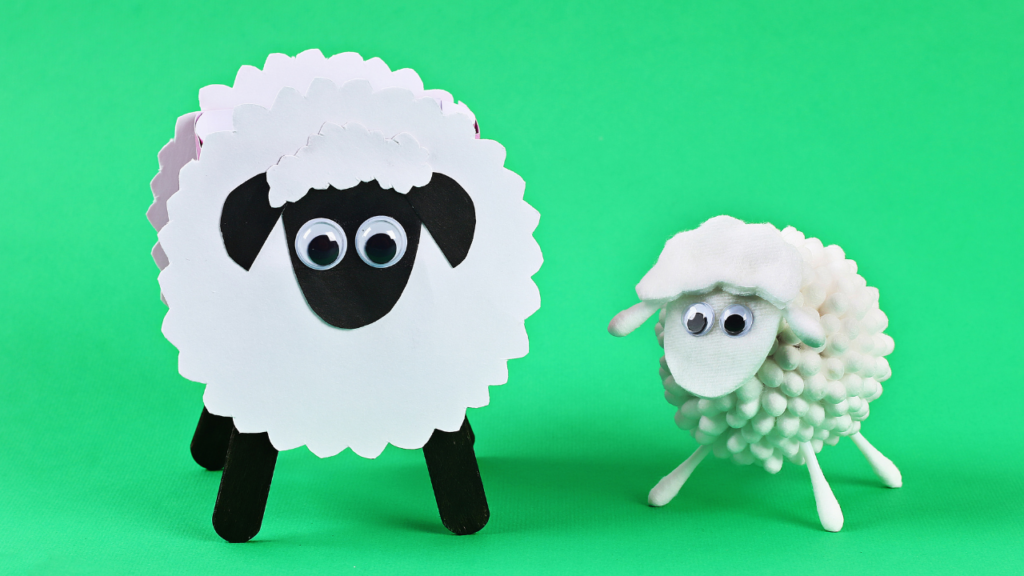
FAQs about Eid al-Adha Qurbani: Sacrificing in Faith
What is Eid al-Adha?
Eid al-Adha, also known as the Festival of Sacrifice, is one of the two major Islamic holidays celebrated by Muslims worldwide. It commemorates the willingness of Prophet Ibrahim (Abraham) to sacrifice his son Isma’il (Ishmael) in obedience to God’s command. However, God provided a ram as a substitute sacrifice, and this event symbolizes the importance of faith and obedience in Islam.
What is Qurbani?
Qurbani, also known as Udhiyah in Arabic, refers to the ritual sacrifice of an animal during Eid al-Adha. It is an important act of worship performed by Muslims to commemorate the sacrifice that Prophet Ibrahim was ready to make. The meat from the Qurbani is typically divided into three parts: one-third is distributed to the needy, one-third is given to relatives and friends, and one-third is kept for the family.
When is Eid al-Adha celebrated?
Eid al-Adha is celebrated on the 10th day of Dhu al-Hijjah, the last month of the Islamic lunar calendar. The exact date varies each year in the Gregorian calendar because the Islamic calendar is lunar-based, and it depends on the sighting of the moon. It typically falls around 70 days after Eid al-Fitr, the other major Islamic holiday.
Who is required to perform Qurbani?
Qurbani is obligatory for financially capable adult Muslims who meet specific wealth criteria known as Nisab. Those who qualify for Qurbani must offer the sacrifice as an act of worship and obedience to God. However, it is not mandatory for children, non-Muslims, or Muslims who do not meet the financial criteria.
What types of animals can be sacrificed for Qurbani?
The most common animals for Qurbani are sheep, goats, cattle (such as cows and oxen), and camels. The choice of animal depends on individual or regional preferences, as well as financial capacity. The animal must meet specific age and health criteria to be eligible for sacrifice.
How is the Qurbani performed?
The Qurbani ritual involves the following steps: a. The person performing Qurbani pronounces the intention to offer the sacrifice solely for the pleasure of God. b. The animal is slaughtered with a sharp knife while reciting a prayer. c. The meat is distributed as per Islamic guidelines, with a portion given to the needy, a portion shared with friends and relatives, and a portion kept for the family.
Can Qurbani meat be given to non-Muslims or used for charity?
Yes, Qurbani meat can be given to non-Muslims and used for charitable purposes. In fact, it is encouraged to share the meat with those in need, regardless of their religion. This practice exemplifies the spirit of generosity and charity associated with Eid al-Adha.
Can Qurbani be performed in countries where it is not widely practiced?
Yes, Muslims living in non-Muslim-majority countries can still perform Qurbani, either individually or through Islamic organizations that facilitate the process. Many countries have guidelines and regulations for the proper slaughter and distribution of the meat.
What are the spiritual benefits of Qurbani?
Qurbani serves as a means of drawing closer to God, demonstrating obedience, and expressing gratitude for God’s blessings. It also fosters a sense of unity and compassion within the Muslim community by encouraging the sharing of meat with those less fortunate.
How should the Qurbani meat be stored and used?
The Qurbani meat should be properly cleaned, cooked, and stored to ensure it remains safe for consumption. It can be used to prepare various dishes, and surplus meat can be frozen for later use. Sharing with neighbors and friends is a common practice to promote unity and goodwill during Eid al-Adha.
